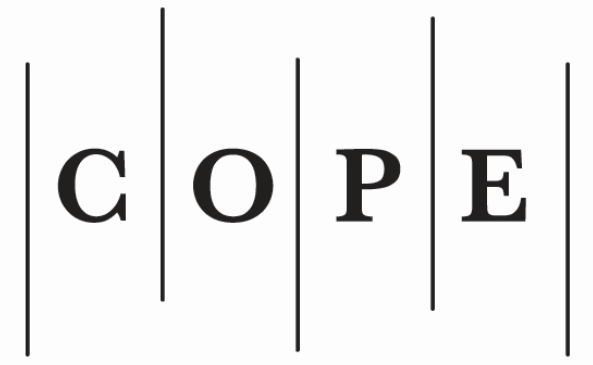Protection of Human Rights under the European Convention on Human Rights and the European Union Law (text only in Lithuanian)
##plugins.themes.bootstrap3.article.main##
Abstract
The system of the European Convention on Human Rights created in 1950 is still regarded as the most important and effective regional system for the protection of human rights in the whole world. However, the experience of the European Court of Human Rights (ECHR) has clearly showed that the steady growth in the number of cases brought before the ECHR makes it increasingly difficult to keep the length of proceedings within the acceptable limits and to maintain the effectiveness of the ECHR. This aspect is becoming extremely important due to the fact that the European Union (EU) will join the Convention system in the near future. The legal basis for the EU accession to the Convention system has been made possible after the entering into force of the EU Lisbon Treaty on 1 December 2009, and, from the Convention’s perspective, the new Protocol No. 14 to the Convention, which entered into force on 1 June 2010, and which, in Article 17 (amending Article 59 of the Convention), stipulates that the EU may accede to this Convention.
##plugins.themes.bootstrap3.article.details##
Section
Articles
This is an open-access journal, which means that all content is freely available without charge to the user or their institution. Users are allowed to read, download, copy, distribute, print, search, or link to the full texts of the articles in this journal without asking prior permission from the publisher or the author. This follows the BOAI definition of open access. Authors contributing to Jurisprudence agree to publish their articles under a Creative Commons Attribution 4.0 International Public (CC BY) License (applicable from 2025).
![]() Authors retain copyright of their work, with first publication rights granted to the Association for Learning Technology.
Authors retain copyright of their work, with first publication rights granted to the Association for Learning Technology.
Please see Copyright and Licence Agreement for further details.






